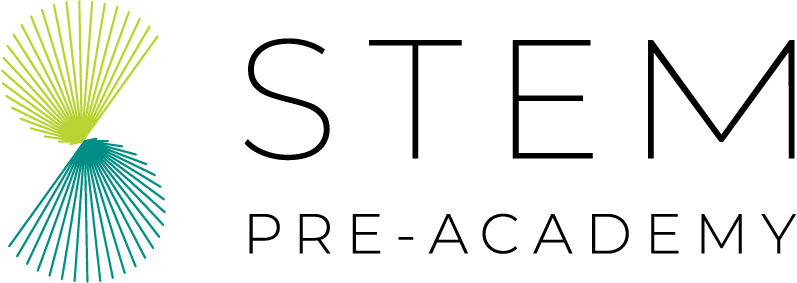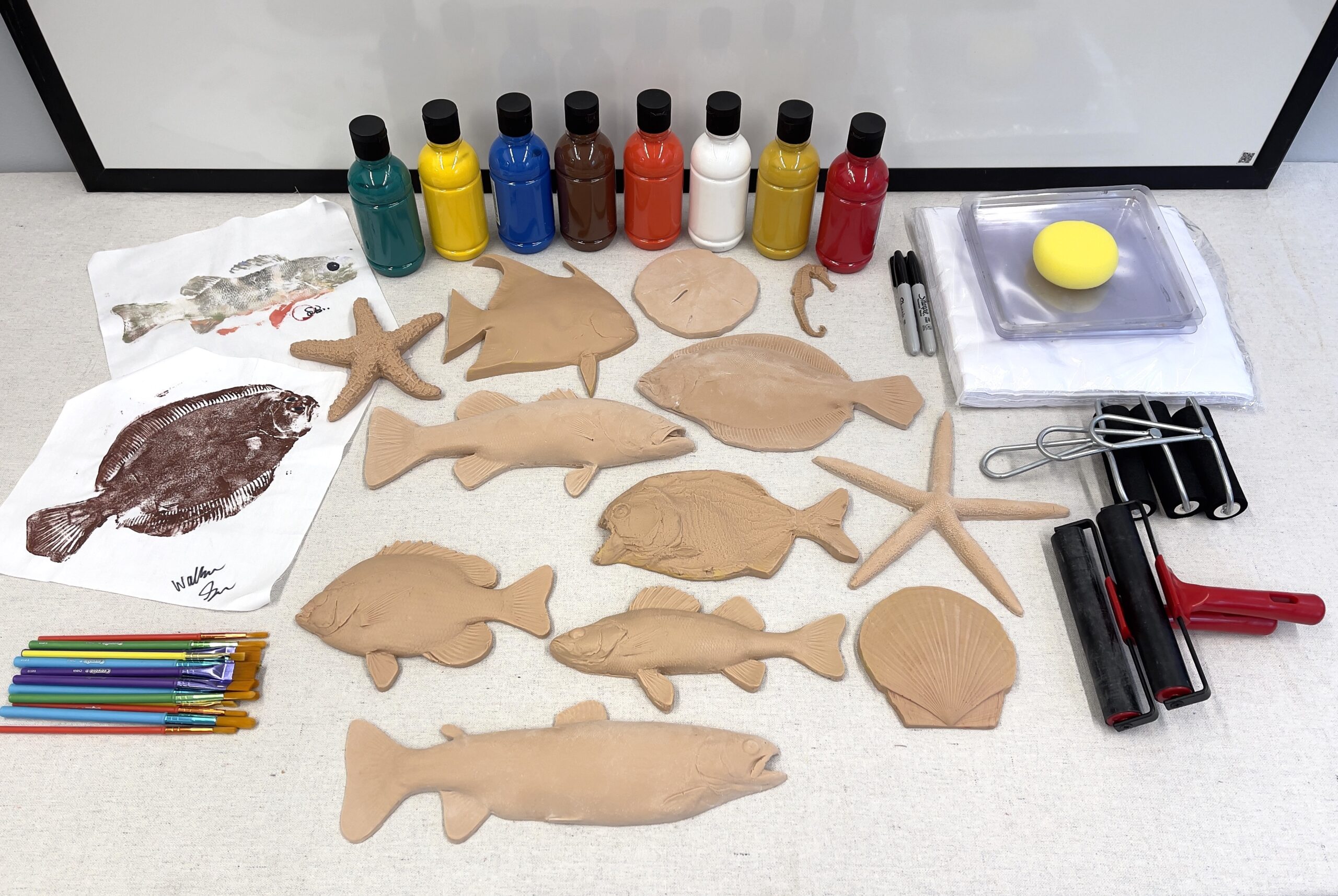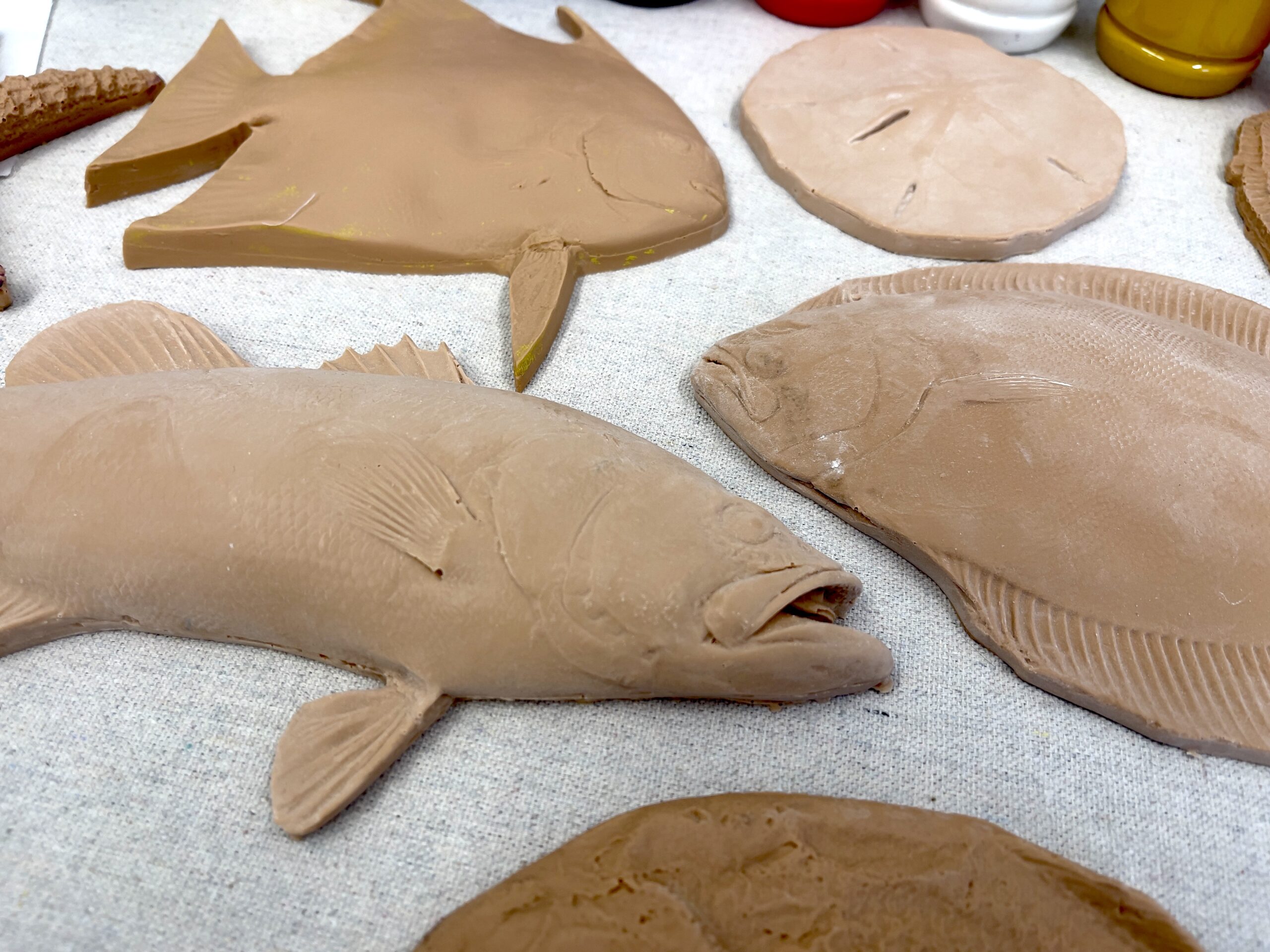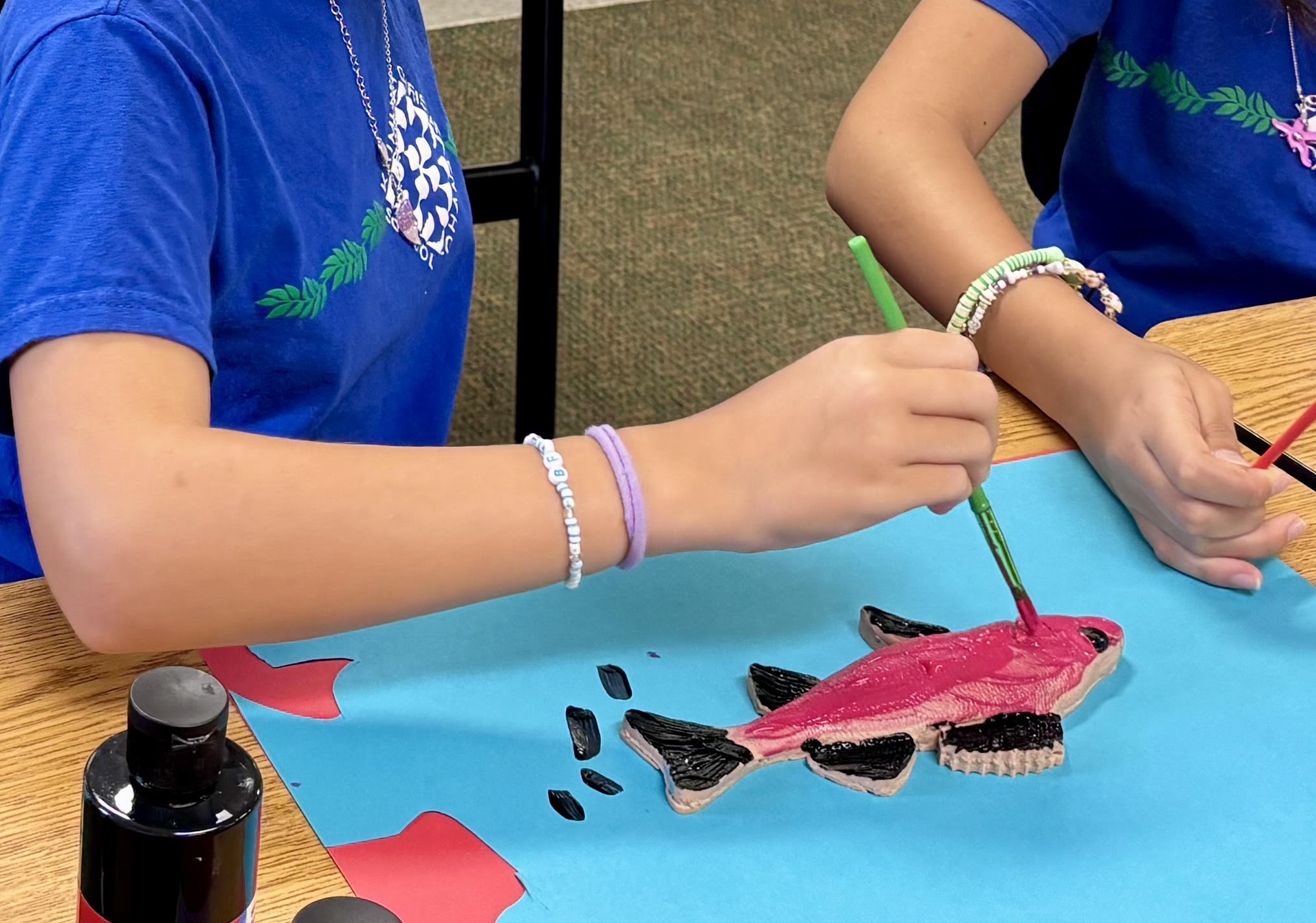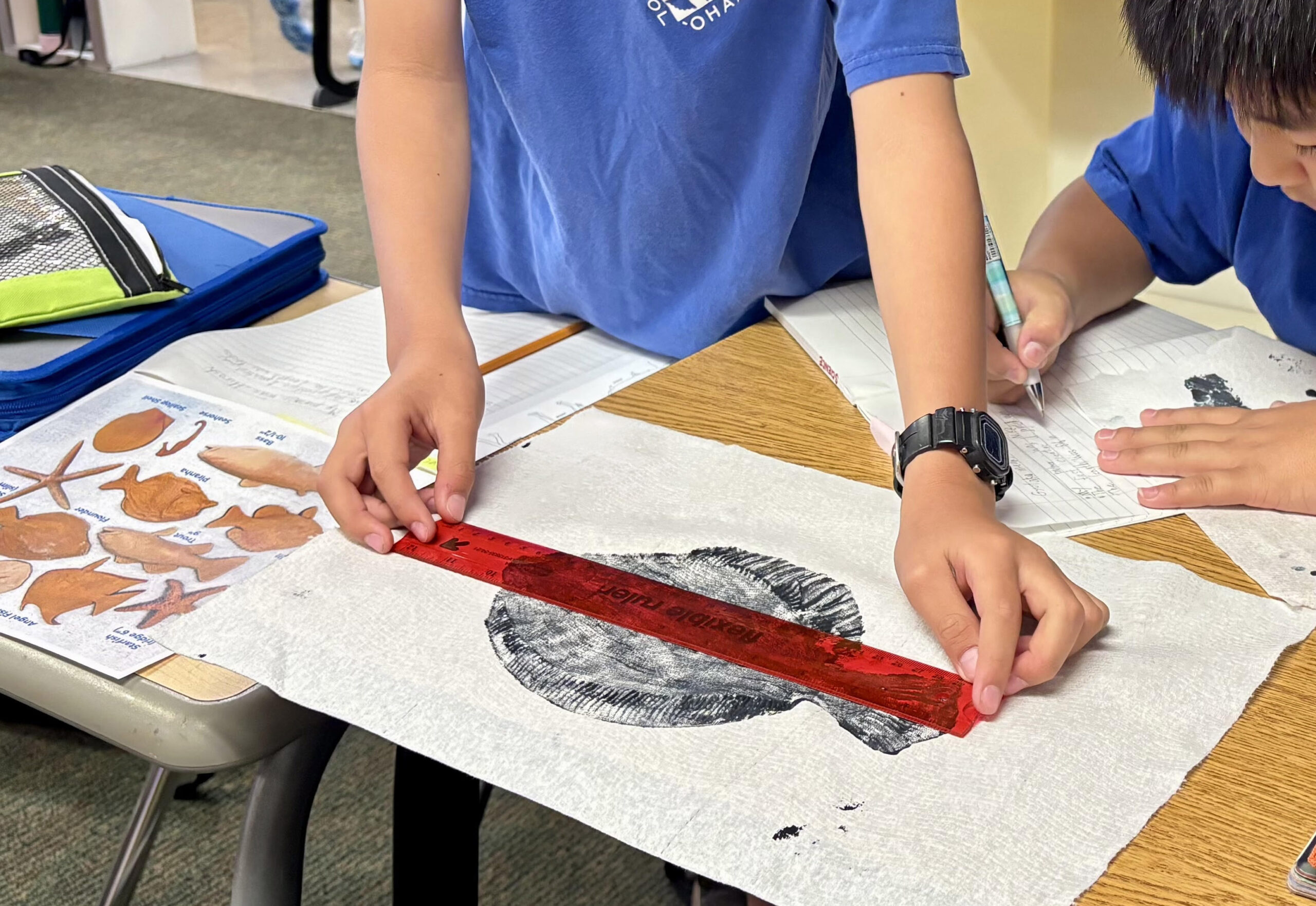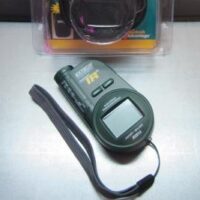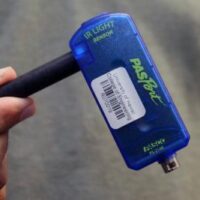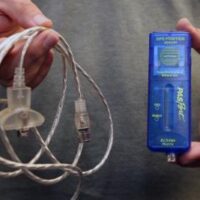The Basics
| Step by Step Guide | How to Make a Fish Print |
| Video Overview | Gyotaku Fish Printing with Silicone Replicas |
| Gyotaku History | Gyotaku: The ancient Japanese art of printing fish - K. Erica | TED-Ed |
| Gyotaku in Hawai‘i |
Lesson Ideas
| Kennedy Center: Gyotaku Fish Printing |
| Allen Memorial Art Museum at Oberlin College: Gyotaku |
| Sea Earth Atmosphere: Structure to Function |
| Exploring Our Fluid Earth: Structure and Function: Fish |
| Activity: Fish Printing for Form and Function | manoa.hawaii.edu/ExploringOurFluidEarth |
| PRISM: Fun with Fishes |
| PRISM: Hawaiian Fish Adaptations |
Standards Connections
These resources can be used to support standards-based teaching and learning. They are not intended to meet the full scope of any given standard. Only some standards are highlighted; many more standards may be connected! We encourage you to explore and to let us know if you have any questions!
| 3-LS4-3. Construct an argument with evidence that in a particular habitat some organisms can survive well, some survive less well, and some cannot survive at all. |
| 4-LS1-1. Construct an argument that plants and animals have internal and external structures that function to support survival, growth, behavior, and reproduction. |
| MS-LS1-4. Use argument based on empirical evidence and scientific reasoning to support an explanation for how characteristic animal behaviors and specialized plant structures affect the probability of successful reproduction of animals and plants respectively. |
| HS-LS1-2. Develop and use a model to illustrate the hierarchical organization of interacting systems that provide specific functions within multicellular organisms. |
Related SPA Tool/kits
| Deep Sea Ecology Activity |
